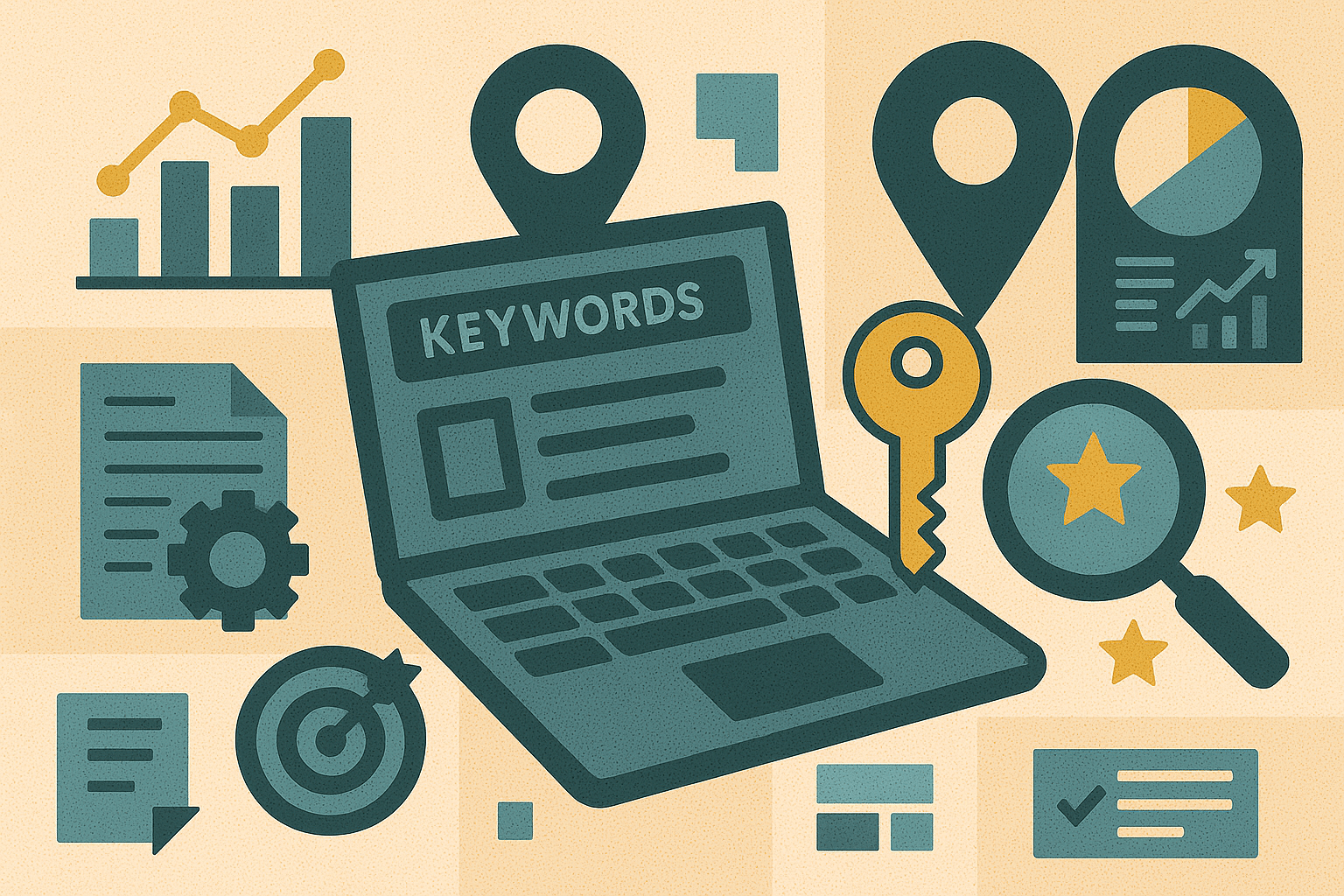
Data privacy regulations keep tightening. GDPR reshaped how companies operate in Europe starting in 2018. California’s CCPA went into effect in 2020. Apple’s iOS updates have progressively limited data access, with users now routinely opting out of tracking. Google announced they’re phasing out third-party cookies in Chrome, and other browsers have already done so.
The pattern is clear: unrestricted access to consumer data is ending. Facebook’s data scandals made it obvious that companies would exploit personal information for profit when given the chance. Add concerns about government surveillance and data breaches, and you understand why consumers want control over their information.
For marketers and business owners, these restrictions create real challenges for personalization strategies. If you’re still relying on third-party data, you need a new approach. Let’s break down first-party data versus third-party data and what it means for your business in 2025.
What First-Party Data Actually Is
First-party data is information you collect directly from your customers and audience. When someone visits your website, subscribes to your email list, or interacts with your app, the data generated belongs to you. This includes names, email addresses, purchase history, browsing behavior, demographics, and preferences—all collected with explicit consent.
You control how this data is stored and used because you set up the collection systems. This data helps you:
- Build retargeting campaigns that actually convert
- Nurture leads through personalized communication
- Understand customer behavior to improve their experience
- Optimize your website and app based on real user patterns
- Create content that resonates with your actual audience
How to Collect First-Party Data
Collecting first-party data requires building your own infrastructure. You need signup forms, tracking pixels, and analytics tools working together. Manual collection doesn’t scale, so you’ll use software like CRM platforms, email management systems, and analytics tools like Google Analytics to automate the process.
Common sources for first-party data collection include:
- Your website (through forms, cookies, and tracking)
- Email campaigns (opens, clicks, conversions)
- CRM software (customer interactions and purchase history)
- Social media (engagement, comments, direct messages)
The Real Challenges of First-Party Data
It takes time: Unlike third-party data you can buy and use immediately, first-party data requires building collection systems from scratch. Designing effective forms, running A/B tests, and analyzing results all consume time. You can’t skip the work.
Accuracy isn’t guaranteed: Third-party data providers have dedicated teams and sophisticated tools constantly refining their datasets. Small and medium businesses often lack that budget, which means errors creep in. Your data accuracy depends on your tools and processes.
Consistency problems emerge: Different people enter information differently. Someone might write “NYC” while another writes “New York City.” You need systems to standardize entries, or your analysis will fragment the same data points into separate categories.
Technical expertise required: Collecting first-party data involves segmentation, documentation, proper storage, and analysis. If you don’t have someone who understands data architecture, you’ll struggle. Hiring a data analyst or scientist saves headaches down the line.
What Third-Party Data Is
Third-party data comes from companies that collect information across multiple sources and sell it to businesses. Some data brokers exist solely to aggregate and sell consumer information—prices can be as low as $0.45 per consumer profile. This data gets sold to multiple companies, meaning your competitors likely have access to the same datasets.
The collection methods often raise privacy concerns. Data brokers gather browsing history, purchase behavior, demographics, and more, frequently without explicit consumer consent. While some third-party data comes from public sources like census data, much of it comes from tracking consumers across the internet.
What to Consider with Third-Party Data Providers
Beyond the cost and the fact that competitors access the same data, here are the real concerns with third-party data providers:
Limited depth: Third-party data lacks nuance. You won’t find the specific insights that create competitive advantages because the data is designed for broad applicability, not your specific business context.
Accuracy varies wildly: Different providers use different collection methods. Some maintain high standards; others don’t. You need to research how each provider gathers and verifies their data before buying.
Data decay is real: Information becomes outdated quickly. People change jobs, move cities, and shift preferences. If your data provider isn’t constantly refreshing their datasets, you’re paying for obsolete information that won’t improve your targeting.
Second-Party Data Exists Too
Second-party data is essentially first-party data that another company shares with you directly. It starts as their first-party data, but they’ve decided to share it with select partners who might benefit from the information. This creates a middle ground between collecting your own data and buying from data brokers.
Can You Skip Data Collection Entirely?
Some businesses rely on zero-party data—information customers voluntarily provide without prompting. Newsletter signups, preference centers, and surveys all generate zero-party data. Customers share this information because they expect value in return.
But zero-party data has limitations. Only a fraction of your audience will volunteer information, and you’re competing with every other business trying the same approach. If you refuse to collect any customer data, your marketing strategy will operate blind compared to competitors using data effectively.
Conclusion
The shift toward first-party data isn’t optional anymore—it’s the future of marketing in a privacy-focused world. Third-party cookies are disappearing, regulations are tightening, and consumers expect transparency about how their information gets used.
Building a first-party data strategy requires upfront investment in tools, processes, and expertise. But it gives you accurate, relevant information about your actual customers rather than generic profiles shared with competitors. In 2025, the businesses winning are the ones who started building their first-party data infrastructure years ago. If you haven’t started yet, now is the time.





